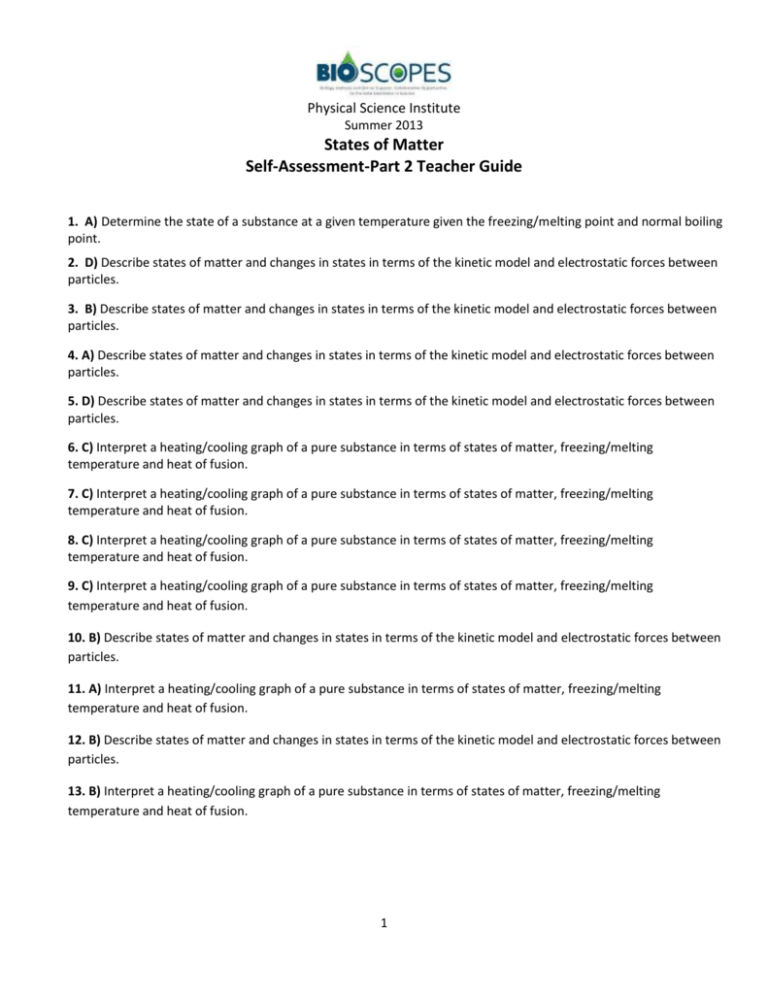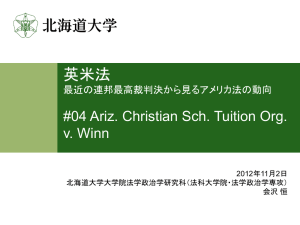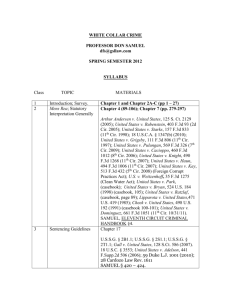States of Matter SelfAssessment Part 2 Teachers Guide
advertisement

Physical Science Institute Summer 2013 States of Matter Self-Assessment-Part 2 Teacher Guide 1. A) Determine the state of a substance at a given temperature given the freezing/melting point and normal boiling point. 2. D) Describe states of matter and changes in states in terms of the kinetic model and electrostatic forces between particles. 3. B) Describe states of matter and changes in states in terms of the kinetic model and electrostatic forces between particles. 4. A) Describe states of matter and changes in states in terms of the kinetic model and electrostatic forces between particles. 5. D) Describe states of matter and changes in states in terms of the kinetic model and electrostatic forces between particles. 6. C) Interpret a heating/cooling graph of a pure substance in terms of states of matter, freezing/melting temperature and heat of fusion. 7. C) Interpret a heating/cooling graph of a pure substance in terms of states of matter, freezing/melting temperature and heat of fusion. 8. C) Interpret a heating/cooling graph of a pure substance in terms of states of matter, freezing/melting temperature and heat of fusion. 9. C) Interpret a heating/cooling graph of a pure substance in terms of states of matter, freezing/melting temperature and heat of fusion. 10. B) Describe states of matter and changes in states in terms of the kinetic model and electrostatic forces between particles. 11. A) Interpret a heating/cooling graph of a pure substance in terms of states of matter, freezing/melting temperature and heat of fusion. 12. B) Describe states of matter and changes in states in terms of the kinetic model and electrostatic forces between particles. 13. B) Interpret a heating/cooling graph of a pure substance in terms of states of matter, freezing/melting temperature and heat of fusion. 1


